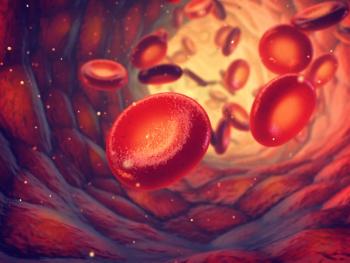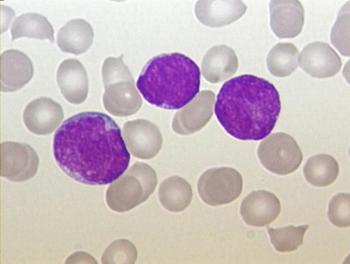
Oral Paclitaxel, Encequidar Combo Associated with Improved Efficacy, Lower Neuropathy Rates in mBC
Treatment with the combination of oral paclitaxel and encequidar was found to be associated with greater efficacy in patients with metastatic breast cancer, as well as lower rates of chemotherapy-induced peripheral neuropathy, compared to intravenous paclitaxel.
According to additional safety data from the KX-ORAX-001 trial, treatment with the combination of oral paclitaxel and encequidar (oPac+E) was found to be associated with greater efficacy in patients with metastatic breast cancer, as well as lower rates of chemotherapy-induced peripheral neuropathy, compared to intravenous paclitaxel (IVPac).
With this treatment combination, patients experienced lower rates of treatment-emergent neuropathy, compared with those who received the IVPac (22% vs 64%, respectively). Additionally, grade 3 neuropathy was reported less frequently in the oPac+E arm (2% vs. 15%).
The open-label, multinational phase 3 KX-ORAX-001 trial compared oral versus intravenous paclitaxel, both in combination with encequidar, to determine tumor responses, as well as to evaluate duration of response to therapy, progression-free survival (PFS) and overall survival (OS).
Patients either received oPac+E (n = 265) or IVPac (n = 137).
At the 2019 San Antonio Breast Cancer Symposium, complete results from the study showed a significantly higher tumor response rate in patients who were treated with oPac+E (35.8%), compared to those who received IVPac (23.4%).
At this year’s symposium, Hope S. Rugo, MD, professor in the Department of Medicine, Hematology/Oncology, and director of Breast Oncology and Clinical Trials Education at the University of California San Francisco, Helen Diller Family Comprehensive Cancer Center, presented a poster that examined the neuropathy benefits to treating patients with oPac+E.
The cumulative risk of neuropathy with oPac+E was slow to grow and remained steady by week 88 of the study, which was at 50% in the IVPac group during the same time frame.
Neuropathy-induced dose reductions were reported in 8% and 2% of patients treated with IVPac or oPac+E, respectively, and 8% of patients in the IVPac arm discontinued treatment, compared with no patients in the oPac+E arm. Of note, 12% of patients on the oPac+E regimen needed medication to treat neuropathic symptoms, such as gabapentin or pregabalin (Lyrica), compared with 40% of patients treated with the intravenous formulation.
“(oPac+E) was associated with less neuropathy, a later onset, and lower severity compared to intravenous paclitaxel in patients with metastatic breast cancer,” Rugo said in her presentation of the data.
Reference:
Rugo HS, Umanzor G, Barrios FJ, et al. Lower rates of neuropathy with oral paclitaxel and encequidar (oPac+E) compared to IV paclitaxel (IVPac) in treatment of metastatic breast cancer (mBC): Study KX-ORAX-001. Presented at: 2020 San Antonio Breast Cancer Symposium; December 8-11; 2020; Virtual. Poster S13-06.
Newsletter
Stay up to date on recent advances in the multidisciplinary approach to cancer.

















































































